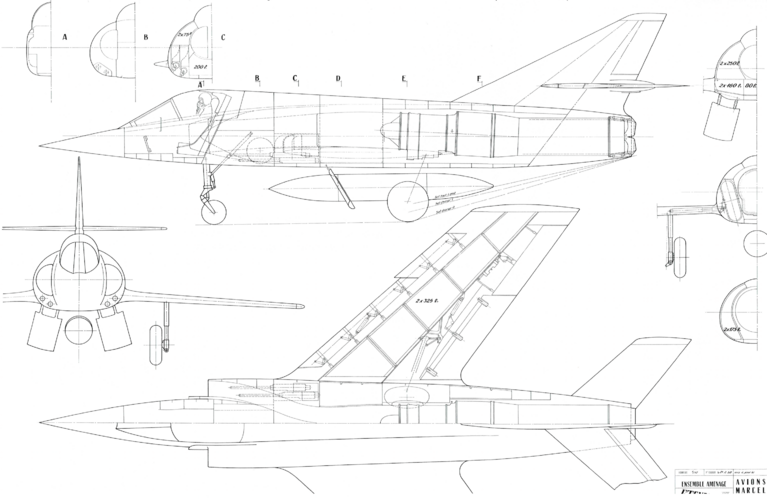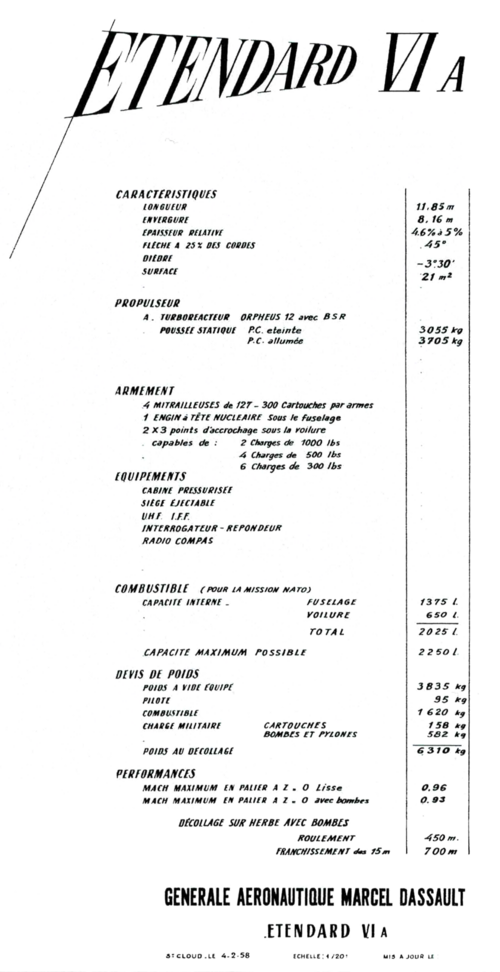By 'more modest', I suggest that the ECAT is made around a single afterburning Adour. Main role being the high-performance trainer.
It starts out as a 2-seater. Can be a high-wing A/C like Jaguar, empty weight of ~3.5 tons (for comparison sake, CF-5A was at ~4 tons; Jaguar at 7 tons), single 30 mm cannon. Five hardpoints, initially for the training bombs/rockets, later external weapon load going to perhaps 2.2-2.3 tons.
Several consequences:
- chances for the Hawk and Alpha Jet to materialize get very slim, especially if the 'budget' version of the alt-ECAT is made, without the internal 30mm cannon, without the A/B and with the wing with perhaps a 'kink' for better low-speed abilities
- French will be buying more of the Mirages for the real combat roles
- British might be making more Buccaneers
Any takers?
It starts out as a 2-seater. Can be a high-wing A/C like Jaguar, empty weight of ~3.5 tons (for comparison sake, CF-5A was at ~4 tons; Jaguar at 7 tons), single 30 mm cannon. Five hardpoints, initially for the training bombs/rockets, later external weapon load going to perhaps 2.2-2.3 tons.
Several consequences:
- chances for the Hawk and Alpha Jet to materialize get very slim, especially if the 'budget' version of the alt-ECAT is made, without the internal 30mm cannon, without the A/B and with the wing with perhaps a 'kink' for better low-speed abilities
- French will be buying more of the Mirages for the real combat roles
- British might be making more Buccaneers
Any takers?


